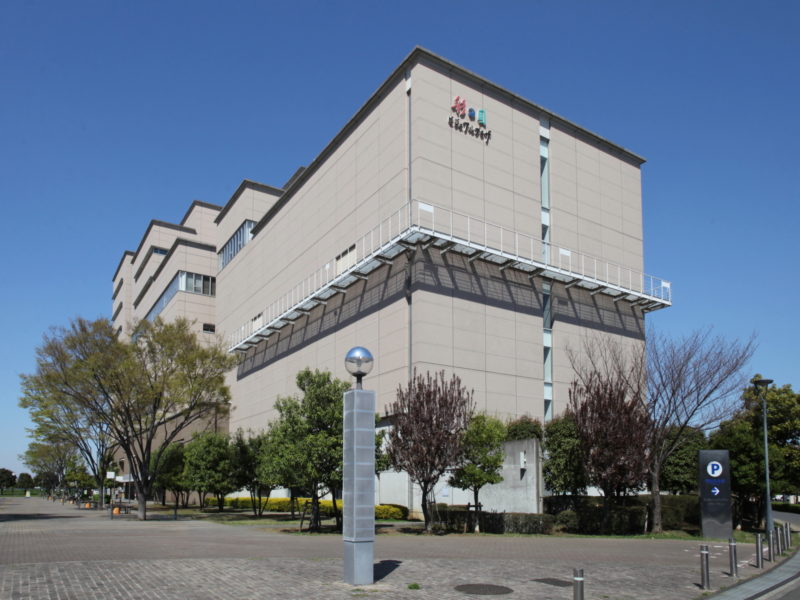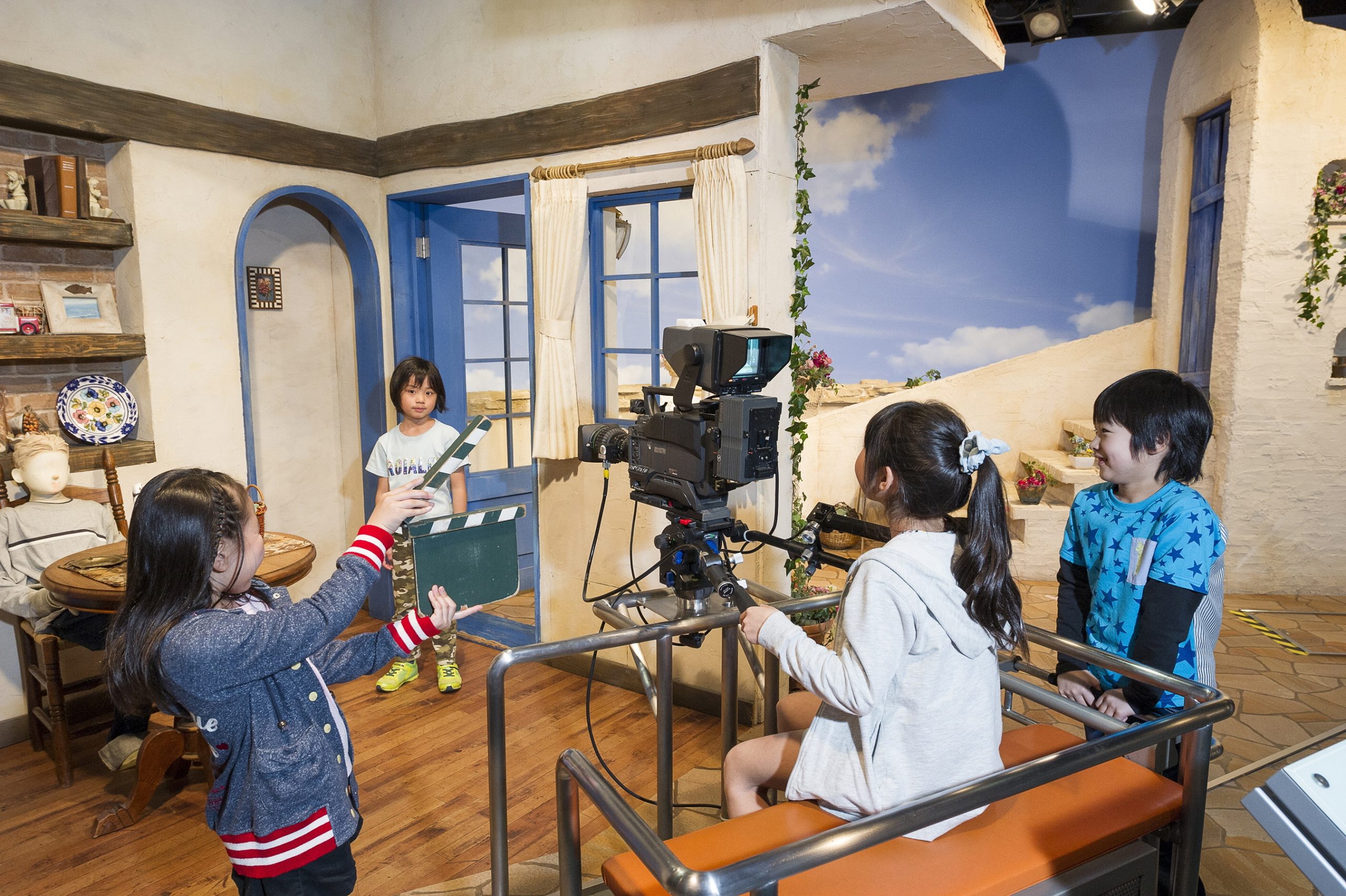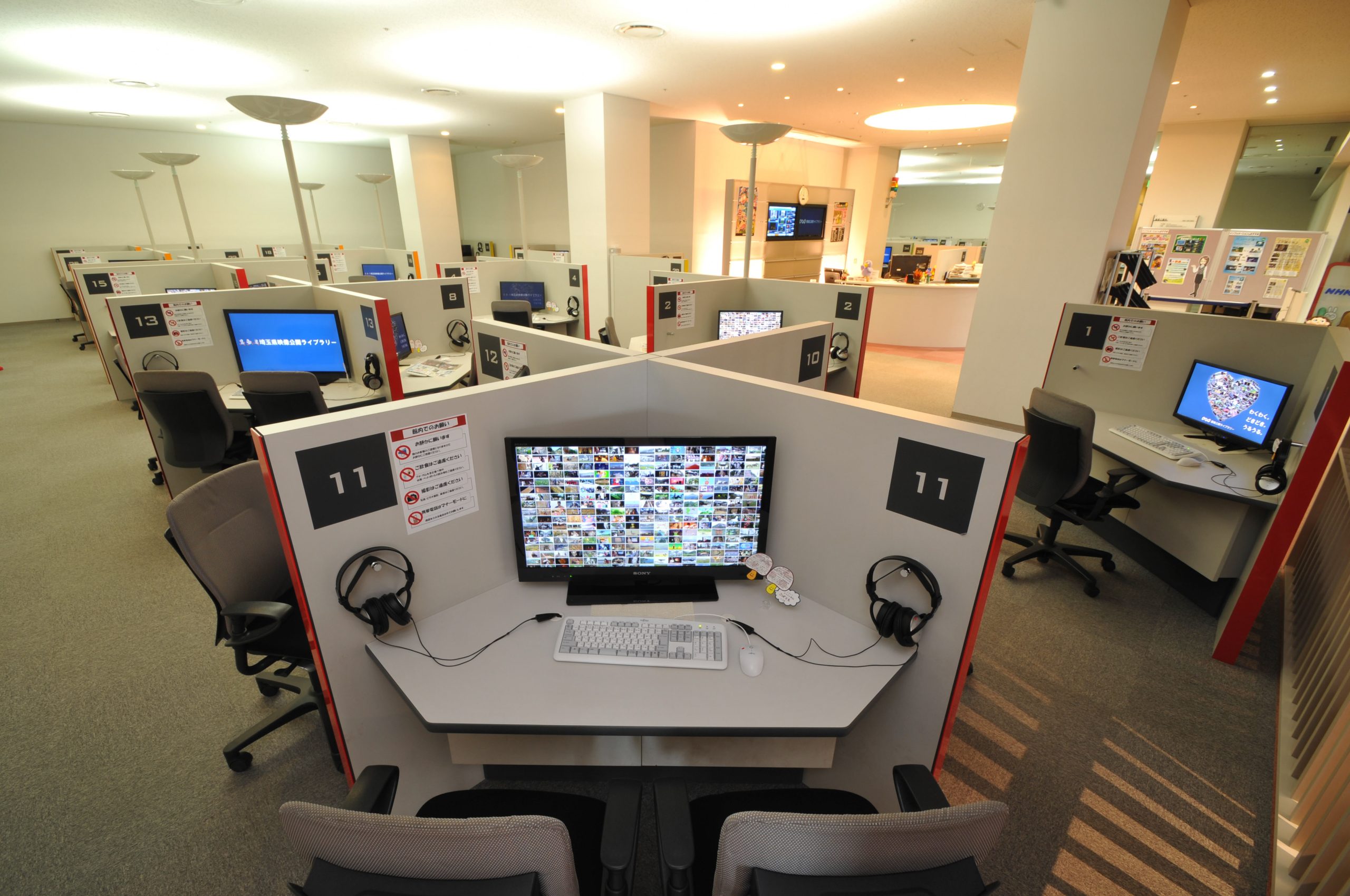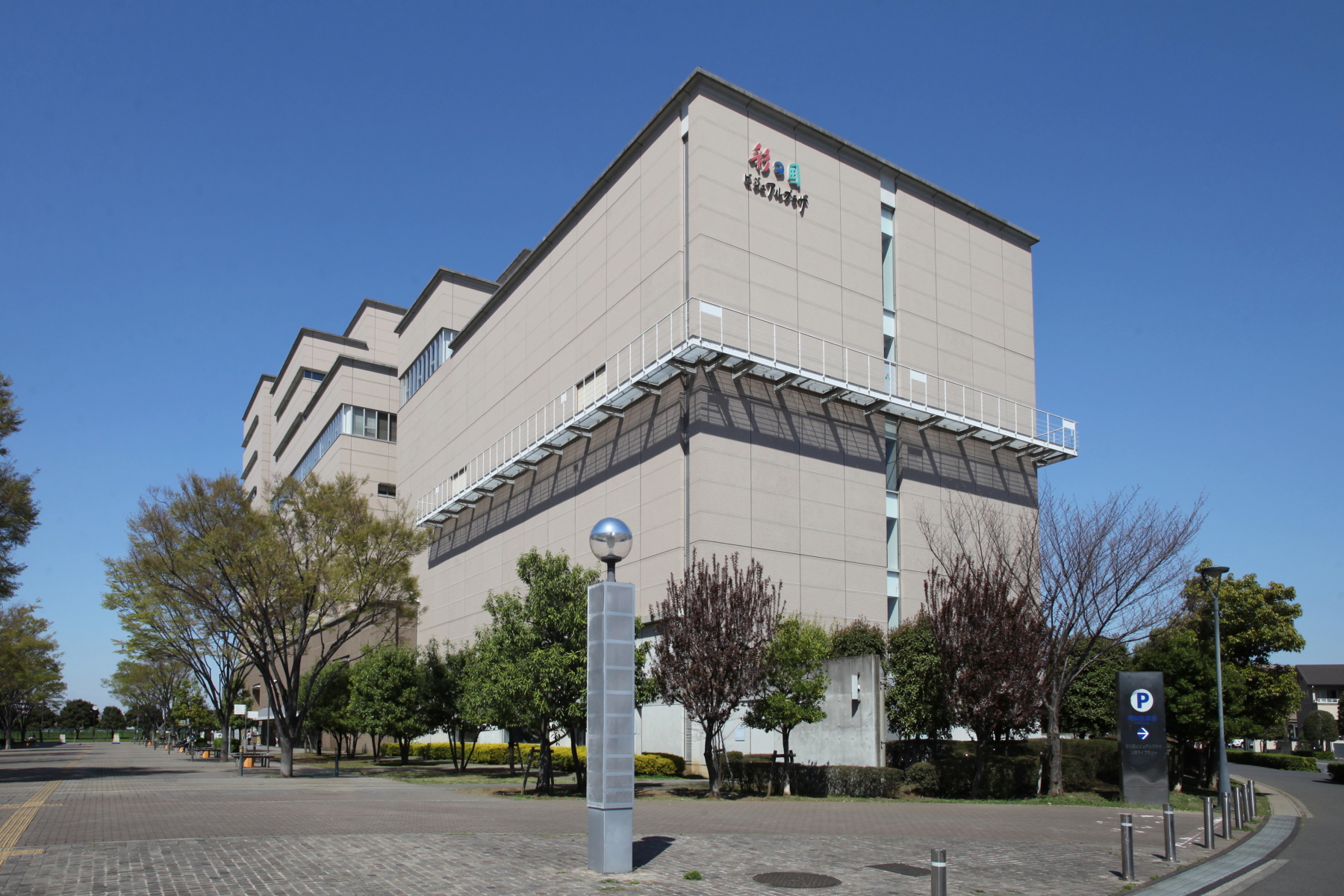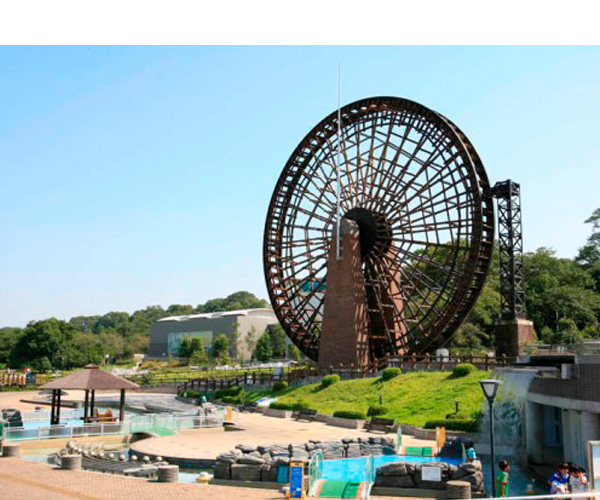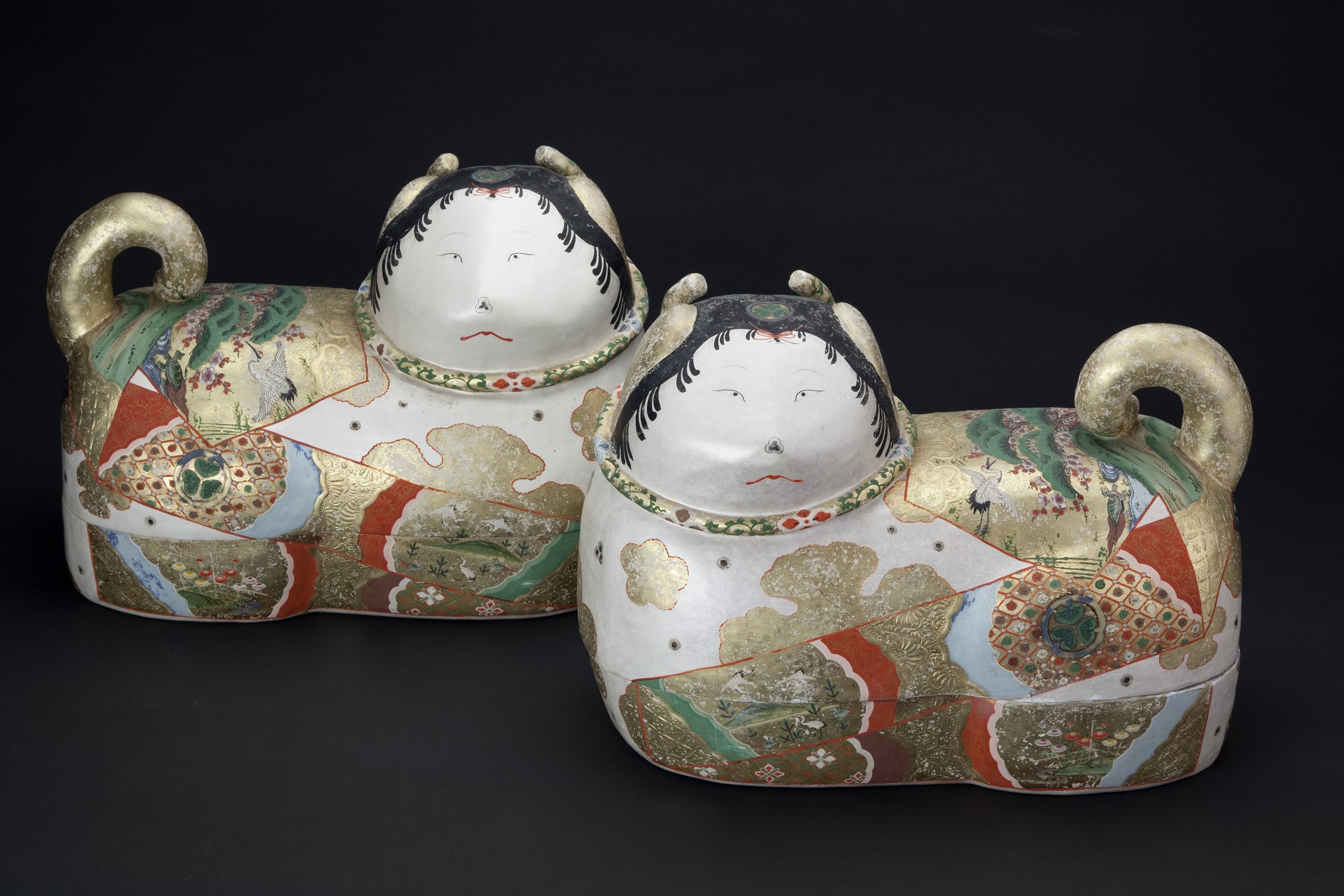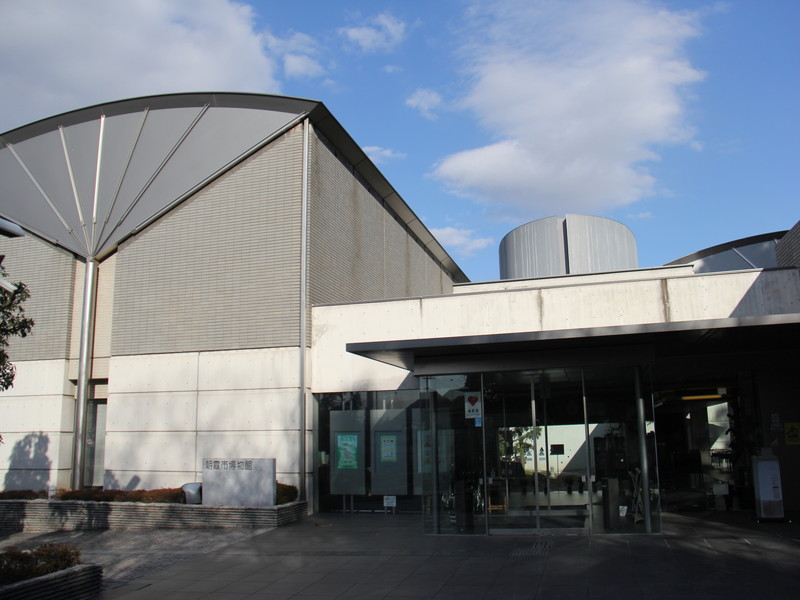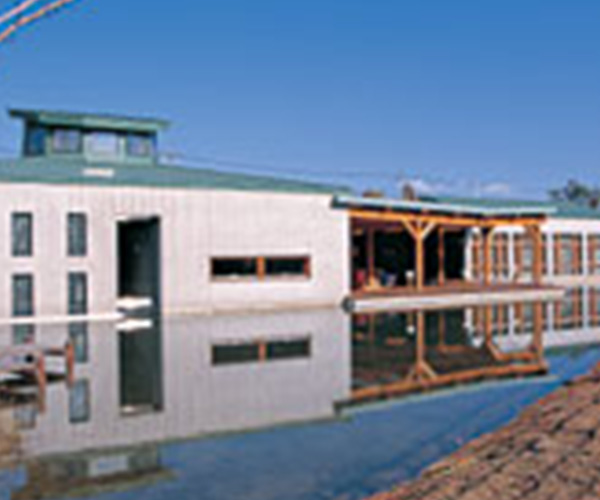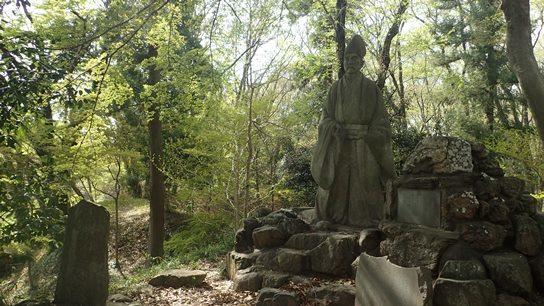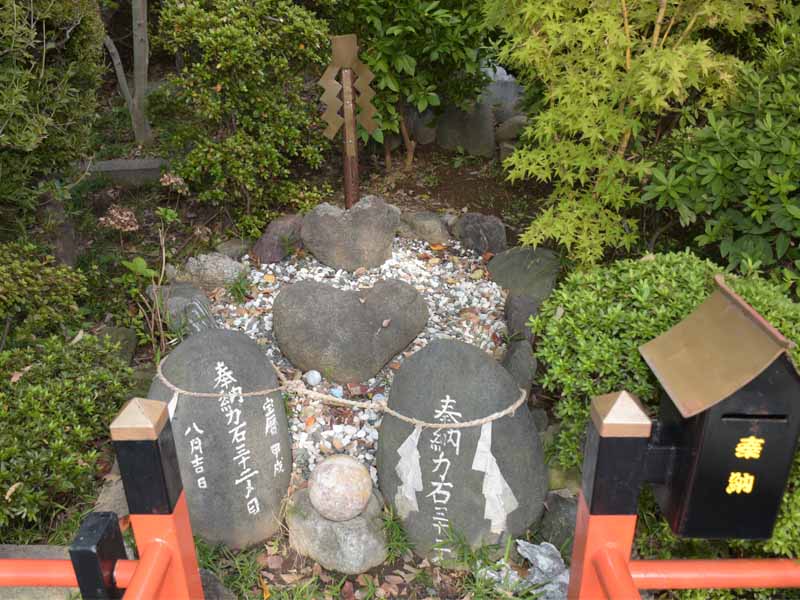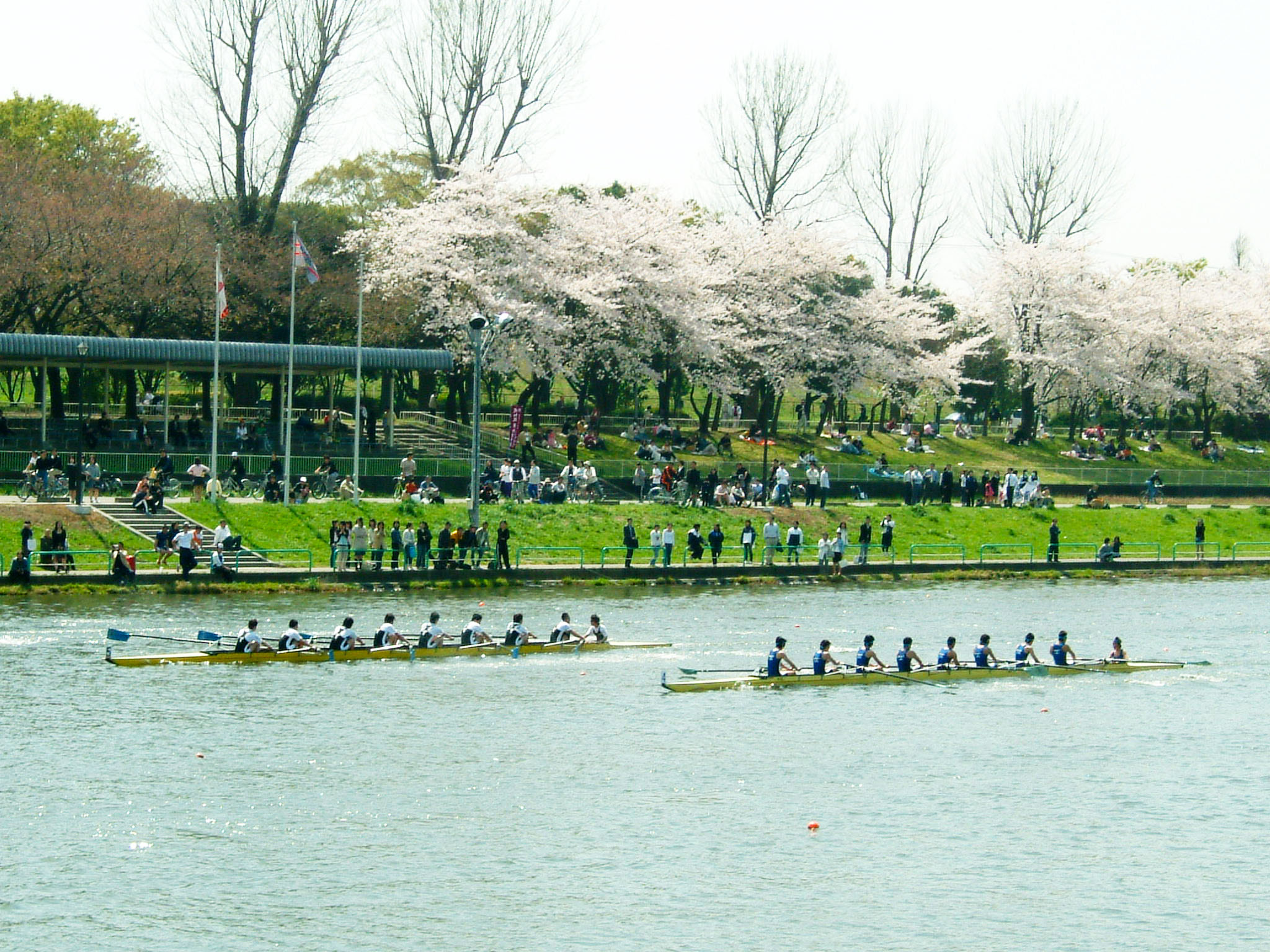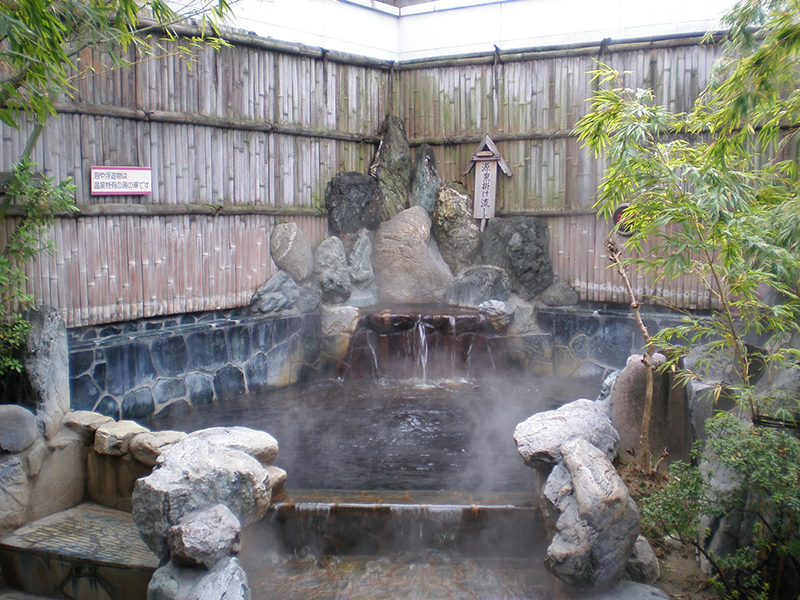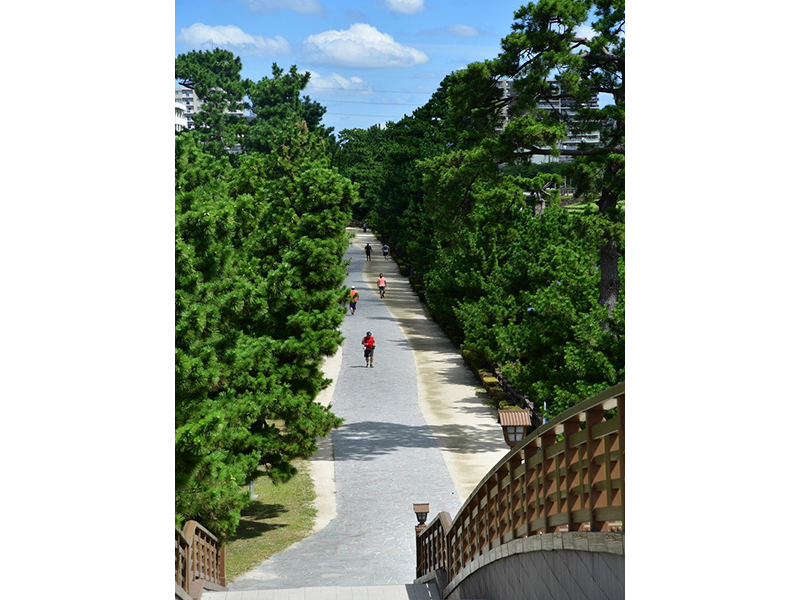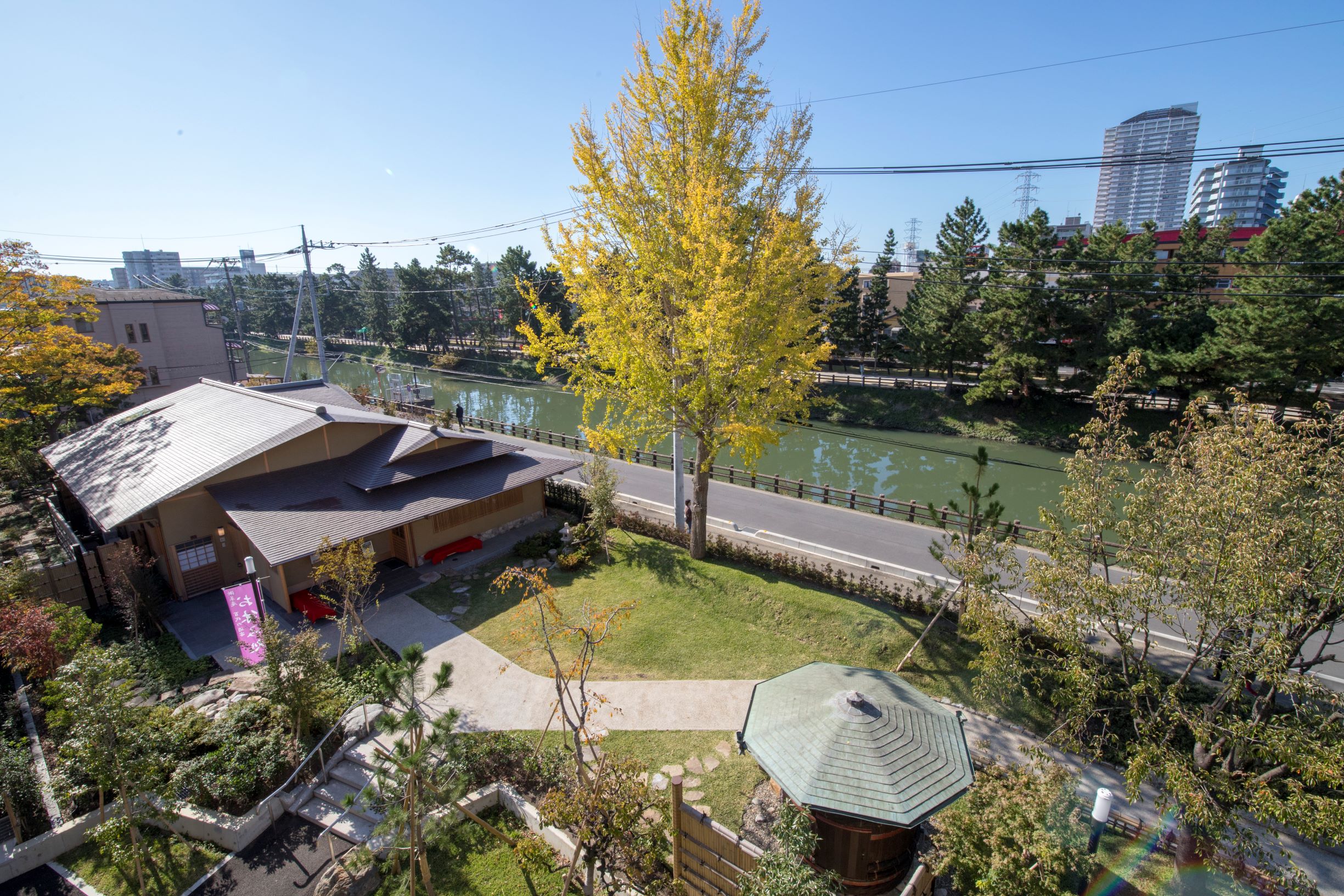SKIP City Sai-no-kuni Visual Plaza
sightseeing
This is the main facility of the SKIP City Project, the project goal of which is to introduce and accumulate information for the next-generation of the audiovisual industry. For the general public, the facility contains a participation-based "audiovisual museum" where people of all ages can learn video production, an "audiovisual library" where visitors can watch culturally significant movies and TV programs, and an "audiovisual hall" to enjoy film showings and various events. ※ For more information regarding the facility, please refer to the URL below.
Basic Information
Location
3-12-63, Kamiaoki, Kawaguchi City, Saitama Prefecture
TEL
048-265-2500
Home page

